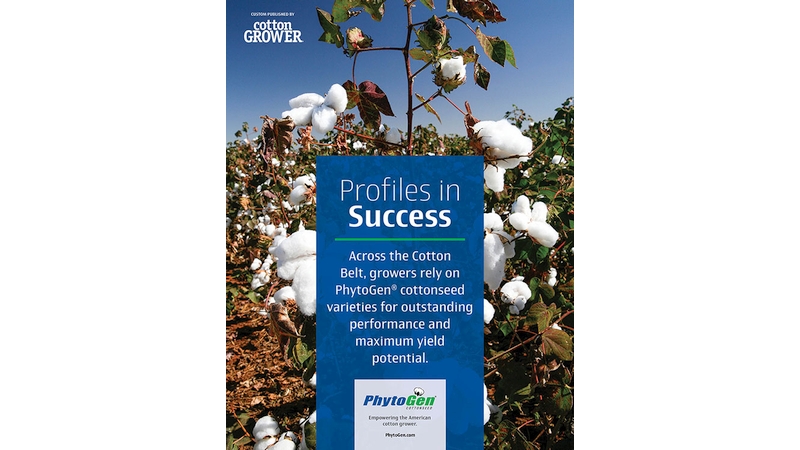Shurley: Market Improves, But Planting Brings Unknowns
The title of my March comments was “Cotton Continues to Need Clarity.” I’m not sure much has changed in that regard.
The market has certainly made nice improvement, however, and we can be thankful for that. There is still no word or advance in trade talks, and the March 30 Prospective Plantings report from USDA, in my opinion, threw more uncertainty on the market.
But to be sure, there is always uncertainty surrounding the March number, because so many things can change that ultimately determine what farmers will plant. Last month’s Prospective Planting estimate for cotton was 13.78 million acres. This is compared to an earlier National Cotton Council estimate of 14.45 million acres and most industry estimates of over 14 million – some quite a bit over 14, but less than 15.
The first USDA estimate of acres actually planted is released at the end of June, and that estimate has been higher than the March number in two of the last three years. Actual acres planted (the final number) has been higher than the March number and the June estimate for each of the last three years.
Looking overall at just the 17 reported cotton-producing states only, corn is expected to gain acres while cotton and grain sorghum are expected to lose acres.
In the grand scheme of things over all cotton states, peanuts may not be significant, but they are in several states and can equate to as much as half of the cotton acres. As a side note, I find it surprising that peanuts are projected to be up. Contract prices certainly don’t justify that, and the industry and most observers are saying that acreage needs to decrease, not increase.
Most continue to believe that cotton acres planted will be 14 million or more. With models predicting above normal precipitation, we could be looking at a crop of around 22 to 23 million bales or more – roughly 4+ million bales higher than last year.
Note that most of the improvement in prices came before the lower-than-expected March number. Exports and shipments have been good. This market is set up to move higher or have a downward correction.
Where does a grower get started on pricing to reduce some of the downside risk while still leaving the upside open? To each his own, but the 78-cent neighborhood seems a reasonable start to me.









